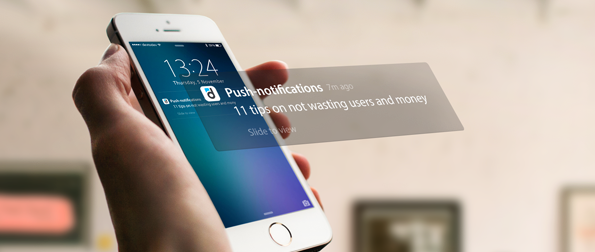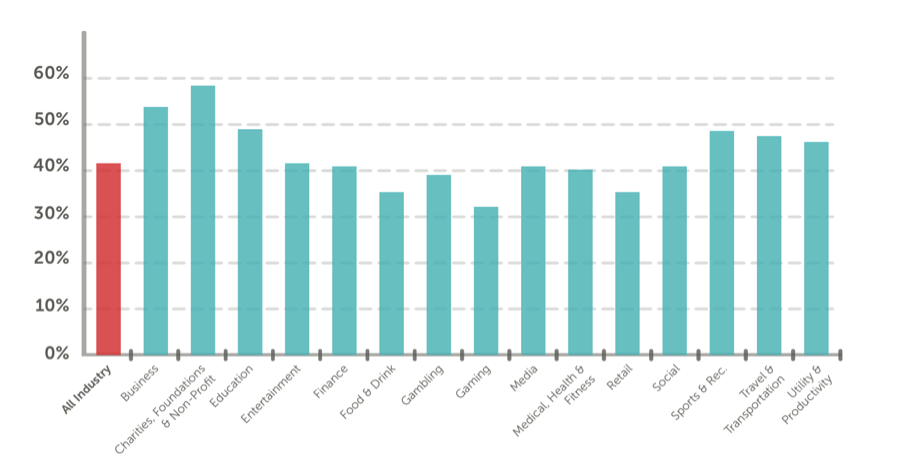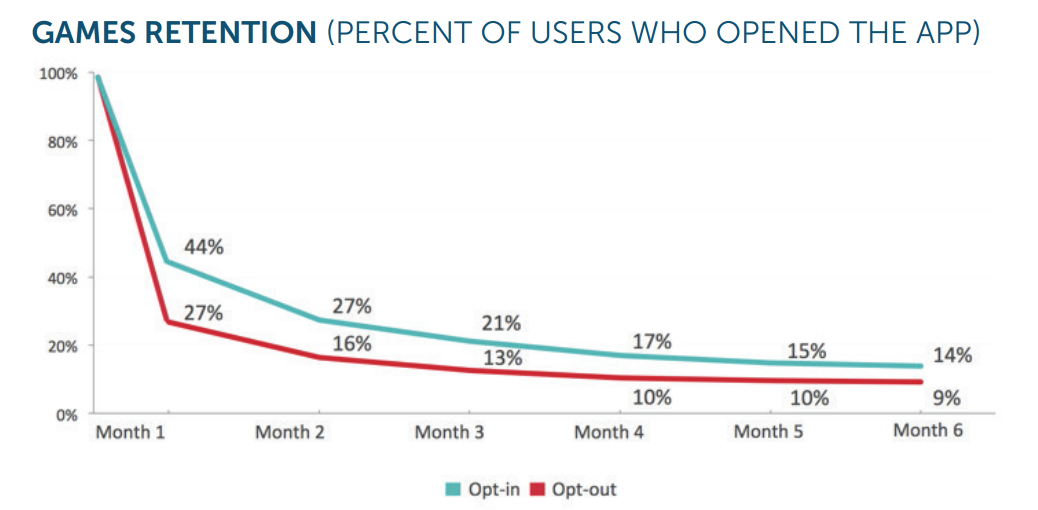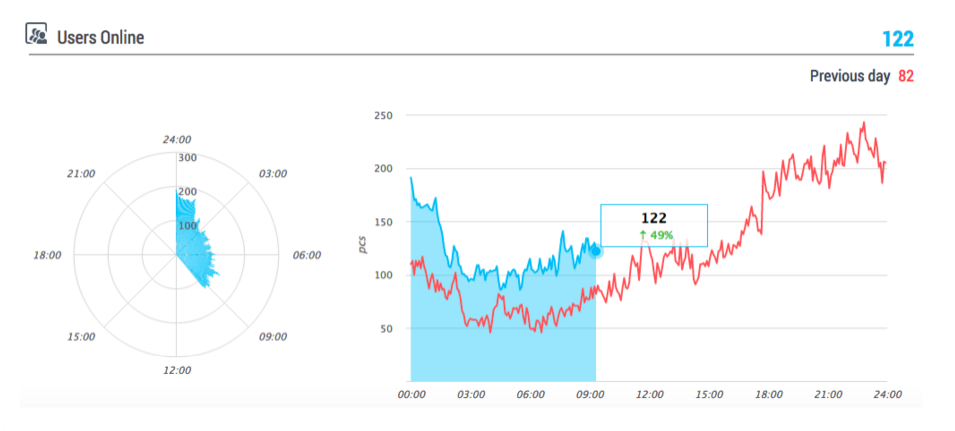Discuss the future of push notifications

84% of respondents to a recent Delvv survey call smartphones an integral part of their lives. Moreover, 35% of respondents say they check their smartphone more than 50 times a day.
However, not everyone at the same time considers such a tool as push-notifications useful - 49% of users prefer to change their settings manually (read: disable for some services).
And, apparently, the negative attitude to push-notifications becomes a kind of trend. The proportion of users who agreed to receive push notifications has decreased again. According to Urban Airship, the percentage of consent is now 43% (in December 2013 - 45%).

Image source
')
Users have become more selective as to whether applications are allowed to notify them.
Have the push notifications themselves become less effective? When used correctly, it is not. Urban Airship notes that those developers who send quality notifications double their retention rates.
As for the doubling, we are not sure, but there is no doubt that push-notifications really allow to improve retention. Let us turn to another study from the same Urban Airship. On the chart you can see that the retention rates are significantly higher (that is one and a half times) for those games that use push-notifications.

Image source
Note that, as a rule, an increase in retention rates implies an increase in income. Some even give such statistics that a 5% increase in retention leads to an increase in income by up to 95%!
It turns out that push notifications are still an effective means of increasing user loyalty and, therefore, revenue. However, in conditions when users refuse to use them, the chances are higher for those who apply high-quality and “smart” notifications, rather than sending reminders every hour with reminders.
Therefore, we believe that the future is for targeted, personalized notifications that appeal to narrow segments of users and speak their language.

Image source
And this is not only a metaphor. Agree, it is much nicer to use localized applications, and receive a notification in the language you speak. And it is not only about English, Russian or Spanish. It is also about the appropriate style of the language, about good copyright. The same message can be transmitted in several dozen (if not hundreds) ways - experiment!
Another way to customize the user - time distribution. There are no universal rules here: if you want the user to pay attention to a long business article, then it is better to send a notification about it on weekdays around lunchtime. If you want the user to play a casual game - remind him about himself after work, when he goes to the subway, or around 21 hours, in minutes of evening leisure.
A good metric for determining the optimal distribution time is user online (Users Online). You can see at what time most users are active, and customize your push campaigns based on this.

Screenshot taken from devtodev system
At the same time, remember that users live in different time zones, and not everyone will be happy to wake up at 4 am from your notice. If there is such an opportunity, adjust the notification time separately for each geographic segment.
In the devtodev system, you can send push notifications for different countries, languages and time zones in one campaign. In this case, you can create arbitrarily narrow segments of users and send them targeted notifications.

Screenshot taken from devtodev system
Notifications can be made predictive, predictive. If you delve into the data, apply a bit of math, you can develop a model for predicting user care, and targeted push notification is a good way to find a runaway user, catch up with him and return. Read , for example, how predicted the departure of loyal players in the company Innova.
Another way, a little more simply implemented - this is already familiar to us RFM-analysis . Here are a couple of examples of its use:
- You can select users who have been shopping in your application often, but for a long time. It is necessary to remind them of themselves and, perhaps, they will return again (with money).
- You can also select users who made one payment, but also for a long time. It will not be superfluous to make them an offer that is impossible to refuse (a big discount) or just give a gift that will return them to the game. And, of course, tell them about this push-notification.
Using quality targeted push notifications is a good and effective practice for applications that want to increase user retention and revenue. So go ahead! The possibilities for fantasy are endless. And do not forget to experiment, apply A / B tests, highlight narrow user segments, find the optimal time for distribution, the most selling text, and so on. Let this increase retention by only 1%, but this 1% can turn into a twenty percent increase in income.
PS We would also like to invite you to devtodev's free webinar “Push Notifications: 11 Tips for Not Losing Your Users and Money from them . ” At the webinar, we will take a closer look at how to make push notifications more efficiently and return users along with their money. The webinar will be held on November 17 from 6 pm to 7 pm Moscow time. You can register for it by the link . See you!
Source: https://habr.com/ru/post/296190/
All Articles